APPENDIX 1
Carodnia feruglioi specimen MPEF-PV 8165 can be viewed in a 3D scan http://morphobank.org/permalink/?P5193
TABLE S1. Synthesis of the profile description of Brandmayr, J. 1932. Report on the Lower Palangana Region (Pico Salamanca), Fiscal Oil Fields. Unpublished report, p. 12.
| Brandmayr, 1932 | |||
| Name | Level | Description | Thickness |
| Araucanian | not described | 131 m | |
| Suprapatagonian | not described | 119 m | |
| Leonense | x. | Two fossiliferous beds with a thickness between 1 and 1.5 m, separated by between 3 and 3.5 m of fine greenish-grayish sandstone. | 5-6.5 m |
| v. | Complex covered by vegetation, dunes, and collapsed material. | 80 m | |
| Patagonian | u. "Juliense" | Layer of fine, gray-ocher, and greenish sandstone, calcareous, variable coherence, and abundant well- preserved, chalcedonized marine fossils. | 0.30-0.50 m |
| t. "Juliense" | Clayey, calcareous sandstone, hard, compact, ochre, with yellowish-gray layers. Friable and with a highly weathered surface. With fossils. | 17 m | |
| q., r., s. "Juliense" | Thin beds of gray-yellowish sandstone, quartz-rich and somewhat glauconitic, cemented with beach gravel and shell fragments. Marine fossil invertebrates and cetacean bones. | 1.5 m | |
| Tuffs with Eocene mammals with Notostylops | p. | Cineritic tuffs, somewhat clayey, whitish with bands of pale pink color, friable and uniform. Mammal fossils. | 83-85 m |
| o. | Finely sandy clays, tuffaceous clays, hard with a conchoidal fracture. They alternate bands of reddish-brown, 2 to 4 meters thick, with others of grayish-green color. In the profile, being absent the 'argiles fissilaires', this level constitutes the transition zone between the Pehuenche and the Notostylops horizon. | 15-20 m | |
| Upper Pehuenche | n. | Partly clayey sandstones, fine to medium grained, and coarse lenses. Pink and whitish prevailing color. With cross stratification. Between 6 to 8 m below the roof there is a bone-bed | 22 m |
| m. | Light gray to greenish clays, with ochraceous and pink spots. Irregular lower limit. | 30 m on average | |
| l. | Fine, slightly clayey sandstones, predominantly pink with pale green lenticular stripes. It forms ravines and cliffs. | 8-12 m | |
| k.3 | Fine sandy, very quartziferous, hard, whitish, somewhat greenish sandstone. | 6-8 m | |
| k.2. | Very fine sandstone and whitish and pinkish clay. | 4-5 m | |
| k.1. | Quartz sandstone, variable grain. Whitish gray and pink. | 5 m | |
| i. | Finely sandy clays, light gray somewhat greenish with pinkishor ochraceous spots and dirty reddish-brown towards the roof. | 6 m | |
| h. | Clayey, quartzose sandstones, very fine to medium, but with coarse-grained lenses. The clasts reach 3 cm in diameter. Pale green at the base and red at the top, with pale green lenses. Cross-bedded, with greenish-gray clay lenses at the base and brick-red or pink finely sandy clay. Fossil wood abounds and 1 m below the roof Carodnia . | 18-22 m | |
| g. | BNS. Dark gray to black clay. | 0.30-0.90 m | |
| Lower Pehuenche | f. | Hard compact whitish and pinkish clayey sandstones. In the upper part, a well-defined pink strip of 30 cm. | 2 m |
| e. | Alternating layers of dark gray and black clay with finely sandy reddish-light clay lenses. In part, the dark gray clay predominates as a homogeneous layer, constituting the repetition of the BNS. | 0.80 m | |
| d.3. | Cross-stratified sandstone predominantly red-wine in color with variable grain, sometimes crosshatched by gypsum cracks. | 10 m | |
| d.2. | Finely sandy, hard, conchoidal, pink and whitish clay. | 0.80-1 m | |
| d.1. | Hard, pale-green, fine to medium grained clayey sandstonewith coarse grains and cross structure. | 9 m | |
| c. | Red sandy clay, partly whitish gray, somewhat greenish consistent with in BNI. | 4 m | |
| b. | BNI. Black dark gray clay, finely sandy | 8-8.5 m | |
| Salamancan | a. | BV. Light green clayey fine sandstone, with irregular and thin wine-red bands | – |
FIGURE S1. Carodnia feruglioi specimen MPEF-PV 8165 in the field.
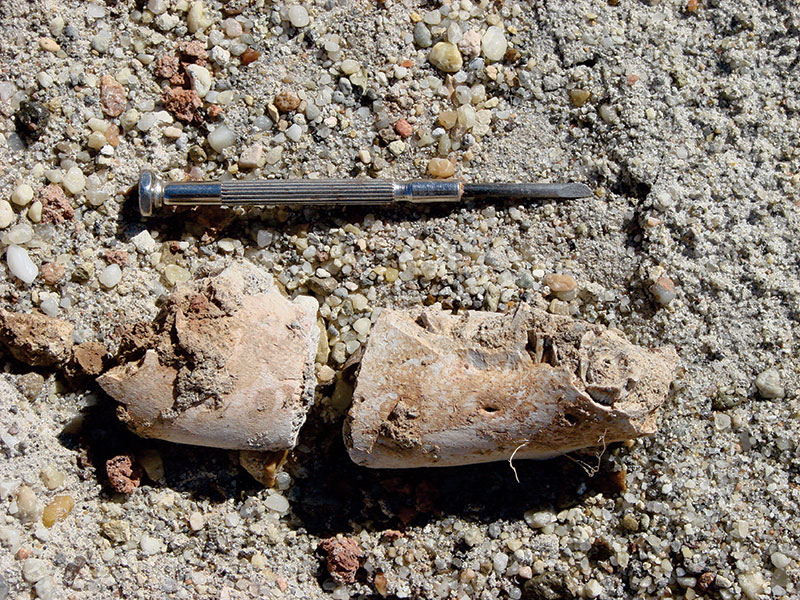
FIGURE S2. View of the red sand sediment where the Carodnia feruglioi specimen MPEF-PV 8165 was recovered. There is a fraction of whitish-gray conglomerate sand at the surface, with a significant degree of weathering.
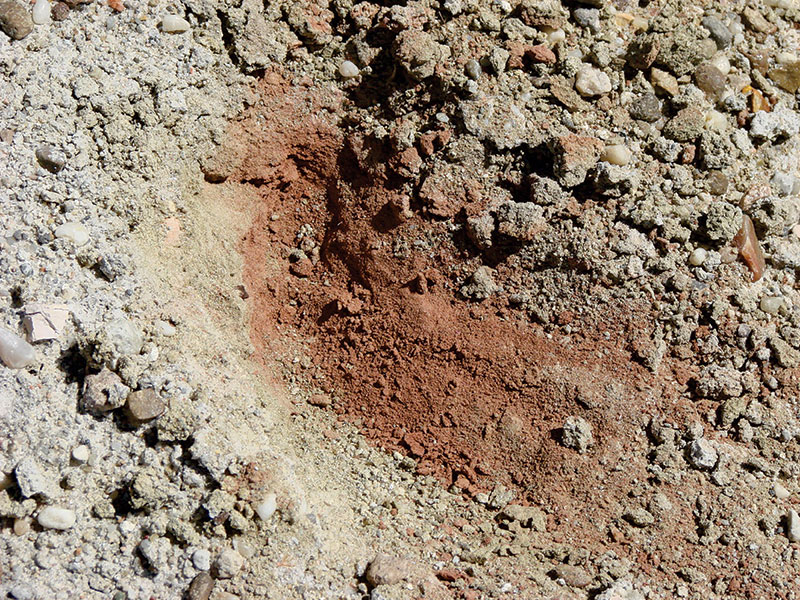
FIGURE S3. Carodnia feruglioi specimen MPEF-PV 8165 view of the ventral side of the symphysis showing the ventral foramen.
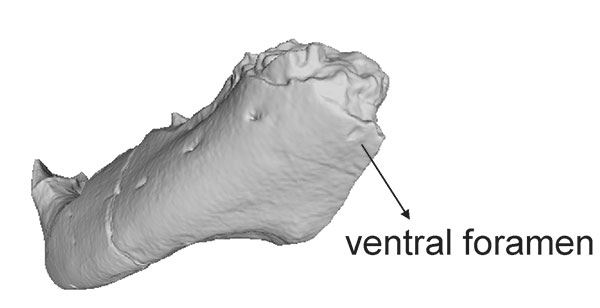
FIGURE S4. View towards the South on the coast of the mouth of the Bajo Palangana drainage, where the BNI levels are not visible. The hill that can be seen in the background somewhat to the right corresponds to Pico Salamanca.
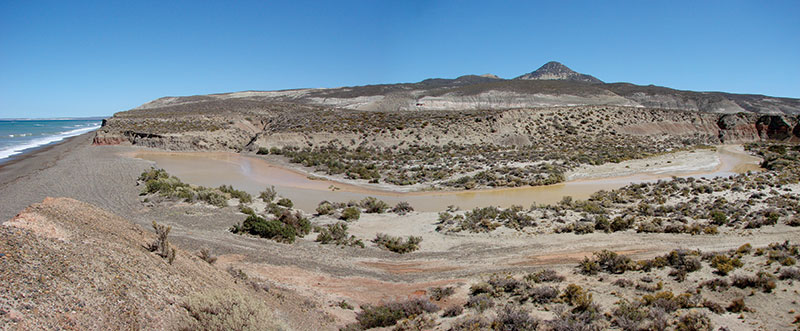
FIGURE S5. Detail of the outcrops towards the South on the coast of the mouth of the Bajo Palangana drainage, showing the “transitional levels” sensu Raigemborn et al. (2010) or those referred to as the Peñas Colorodas Formation (Vera and Krause, 2020).
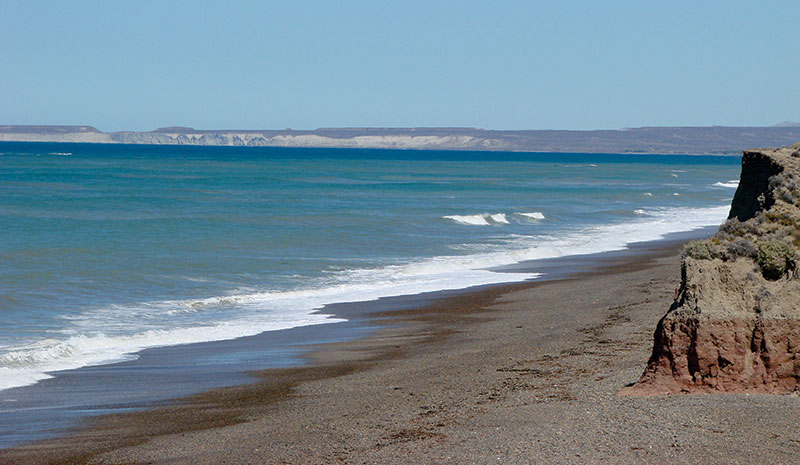
FIGURE S6. Detail of the outcrops towards the North on the coast of the mouth of the Bajo Palangana drainage, showing the “transitional levels” sensu Raigemborn et al. (2010) or those referred to as the Peñas Colorodas Formation (Vera and Krause, 2020).
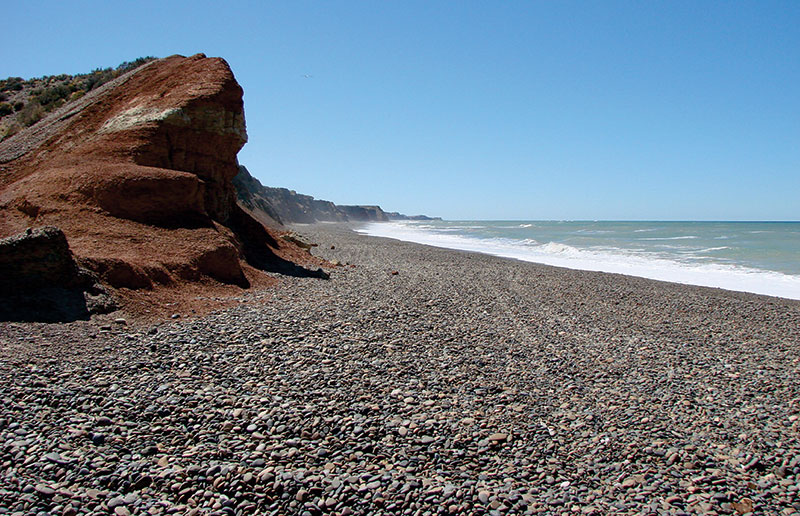
FIGURE S7. The studied cast AMNH 49848 of the left lower jaw of Carodnia vieirai, specimen DGM 334-M in upper-lingual view. The cast has the number 4948 on the lingual side and 4949 on the labial side, but the level of the specimen indicates that the number is the first.
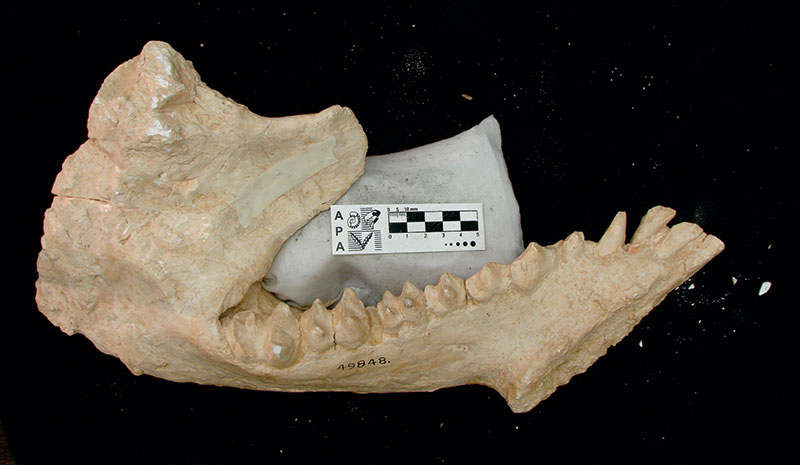
FIGURE S8. The studied cast AMNH 49848 of the left lower jaw of Carodnia vieirai, specimen DGM 334-M in lingual view.
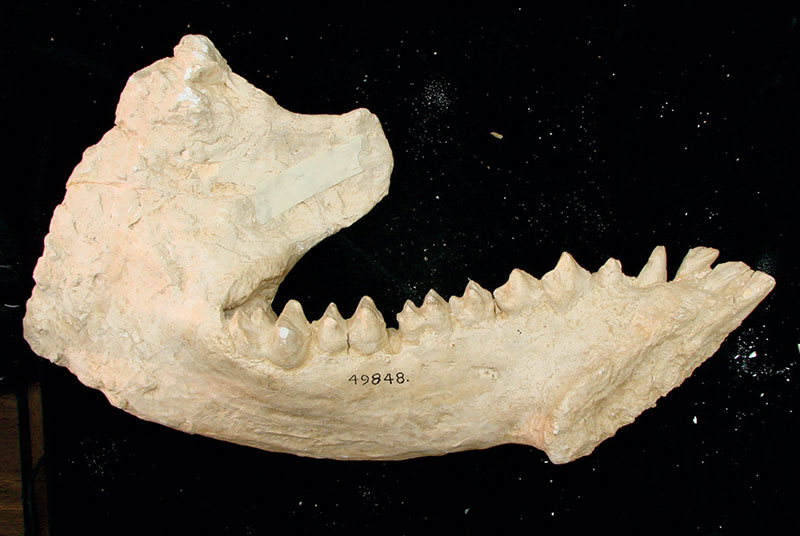
FIGURE S9. The studied cast AMNH 49848 of the left lower jaw of Carodnia vieirai, specimen DGM 334-M in labial view.
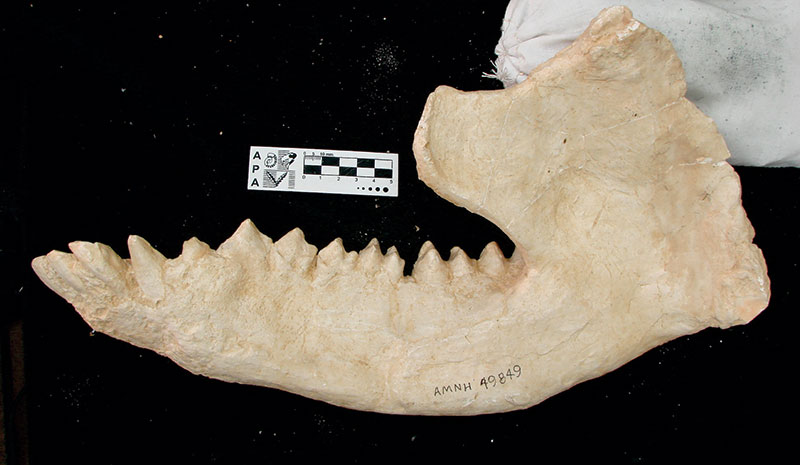
FIGURE S10. The studied cast AMNH 49848 of the left lower jaw of Carodnia vieirai, specimen DGM 334-M in occlusal view.
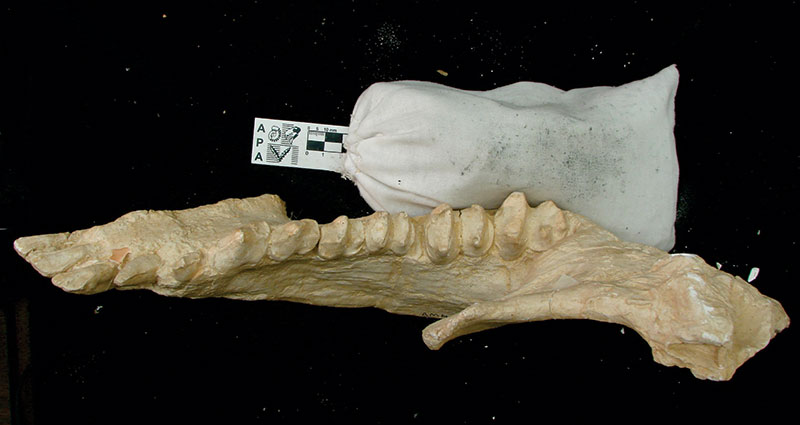
REFERENCES
Brandmayr, J. 1932. Report on the Lower Palangana Region (Pico Salamanca), Fiscal Oil Fields. Unpublished report, p. 1-12.
Raigemborn, M.S., Krause, J.M., Bellosi, E., and Matheos, S.D. 2010. Redefinición estratigráfica del Grupo Río Chico (Paleógeno Inferior), en el norte de la cuenca del golfo San Jorge, Chubut. Revista de la Asociación Geológica Argentina, 67:239-256.
Vera, B. and Krause, J.M. 2020. New insights into the Kibenikhoria and Ernestokokenia faunas and the implications for the early Eocene of Patagonia, Argentina. Journal of Vertebrate Paleontology, 40: e1772801.
https://doi.org/10.1080/02724634.2020.1772801

